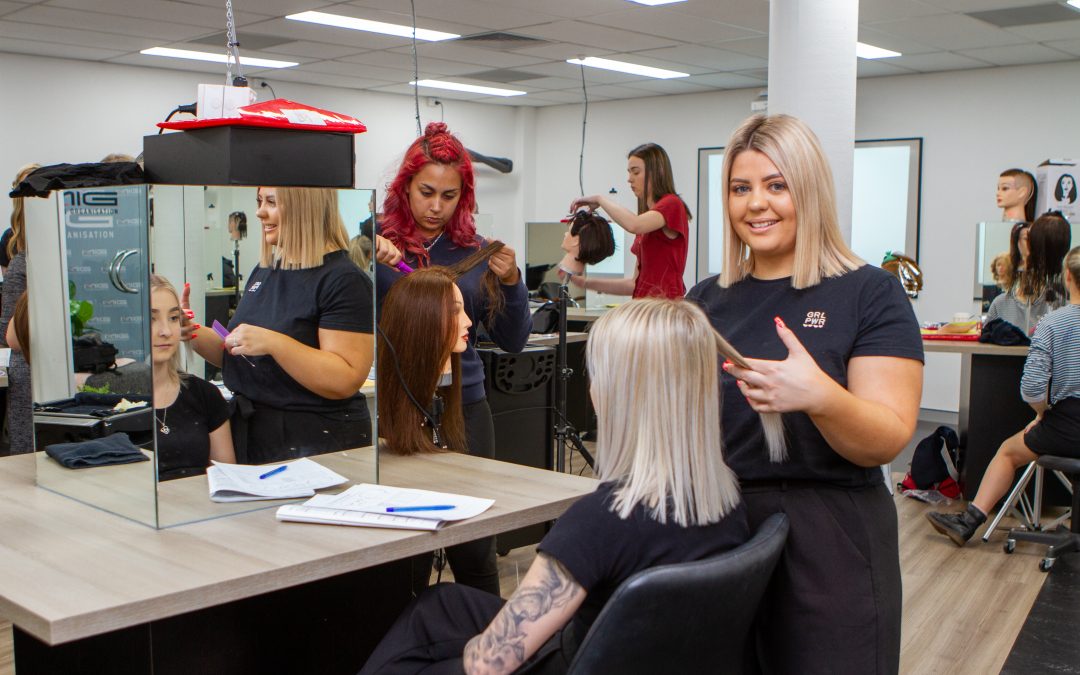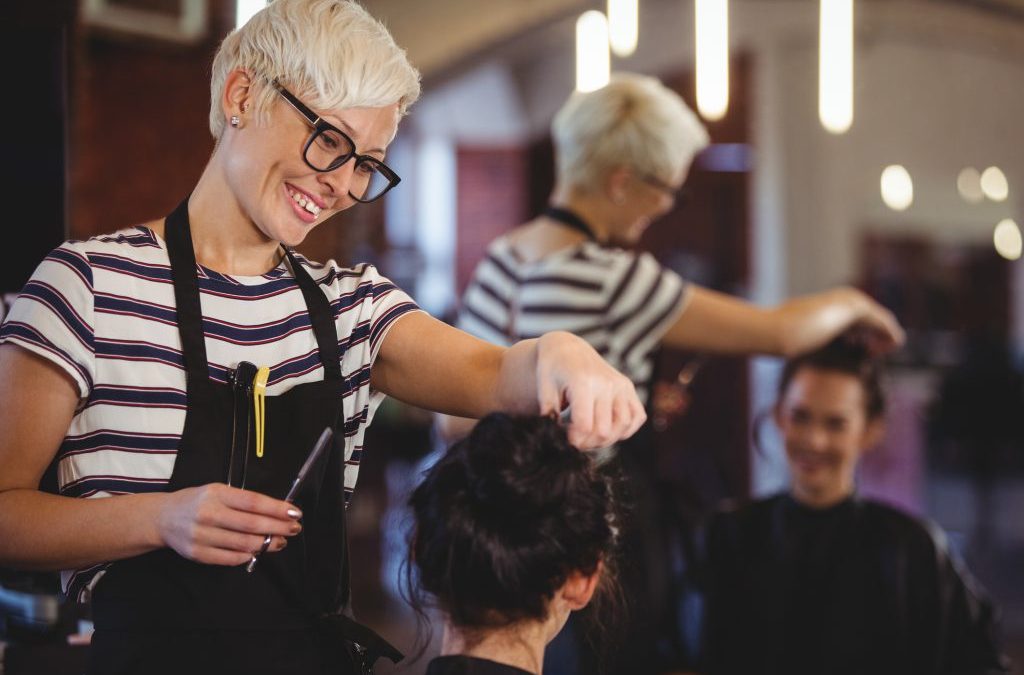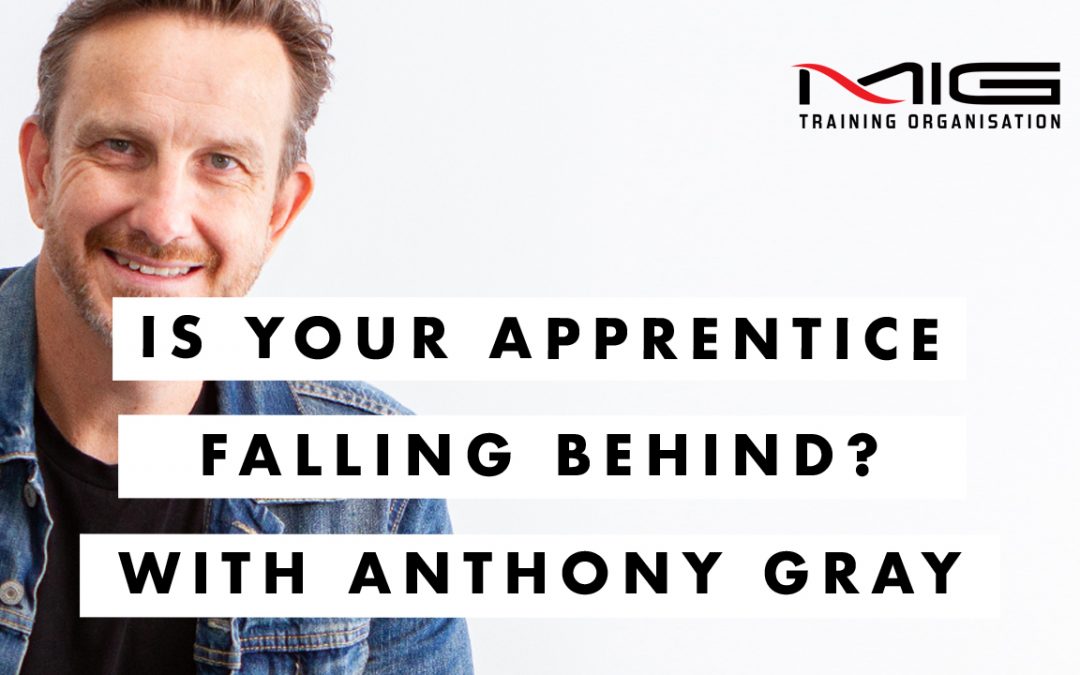
The Gold Standard in Education and Training
Once you have recruited an apprentice, one of the first decisions that you need to make is which Registered Training Organisation (RTO) to partner with. This partnership is important, as quality training will mean the difference between a profitable and valued team member and the struggle that comes with underperforming employees.
In order to make the choice about which RTO to partner, there are a number of ways to look at what is the best fit for your business. The Federal Government’s Myskills website has information that helps make comparison, but outside of ensuring the RTO in complaint with government regulation – it can be difficult to know. As with all decisions, it is important to ask those who have used or have heard about the quality of the education of the RTO’s in your region. Alternatively, calling the RTO and arranging a visit to the facilities is a great way to get a feel for how the RTO is run. While the considerations are many, another way to feel confident about your choice of training provider is to look to an accreditation system that is quite unique to the Hair industry.
The Australian Hairdressing Council (AHC) through its RTO Select accreditation program assesses and benchmarks quality RTO against the gold standard of Hairdressing training. RTO Select recognises quality education and provides a signpost for employers. It provides comfort so that the employer can feel that the RTO they are about to choose is one of the very best in the country.
The AHC has a membership of salons, product companies, RTOs, individuals, associated industry suppliers and businesses that share a united vision to promote and protect the industry. The AHC is an important voice for industry with 4 central pillars:
- Educate – raise industry standards
- Connect – connecting our industry
- Inform – voice to government
- Support – supporting business.
RTO Select was born out of this mission to educate, connect, inform and support. It has a set of 7 standards that a Hairdressing RTO must reach in order to be accredited. The RTO accreditation stands alone with no other trade in this country offering a comparable accreditation process on which industry can rely. These standards have been developed by salon owners and industry to raise the standard of formal education in Hairdressing.
STANDARD 1: Education Leadership
This standard looks to ensure the RTO’s business strategy, vision and mission are aligned to the industry.
STANDARD 2: Recognition
The RTO provides recognition of in-salon, product company and prior training as part of the process when educating an apprentice.
STANDARD 3: Communication and Industry Engagement
Ensures quality communication with salons and apprentices which includes systematic and ongoing engagement with the Hair industry.
STANDARD 4: Training and Assessment Resources
Resources that are current and engaging and relate to the salon experience.
STANDARD 5: Currency of Trainers
A top level of Hairdressing skill combined with VET knowledge and skills.
STANDARD 6: Salon Design, Operation and Clients
The college is designed for high end professional training and provides a real salon experience.
STANDARD 7: Environmental and social responsibility
The college actively supports awareness and participates in environmental sustainability at the college and in industry and to the next generation.
As an education business to be recognised as gold standard by the industry, you train in the highest accolade you can hope for. MIG is one of 17 Registered Training Organisations in the country to have the gold star from the RTO select accreditation program. We have been RTO Select for the past 7 years – since its inception – and we proudly display this accreditation in all our digital media and on the glass as you enter our college.
The AHC and RTO Select are closely aligned to what we value the most – which is the growth of an industry which has given us so much. But most importantly, it is about enjoying the journey and providing comfort to the salons we work with that they are working with an RTO who is connected and has their best interests at heart.





